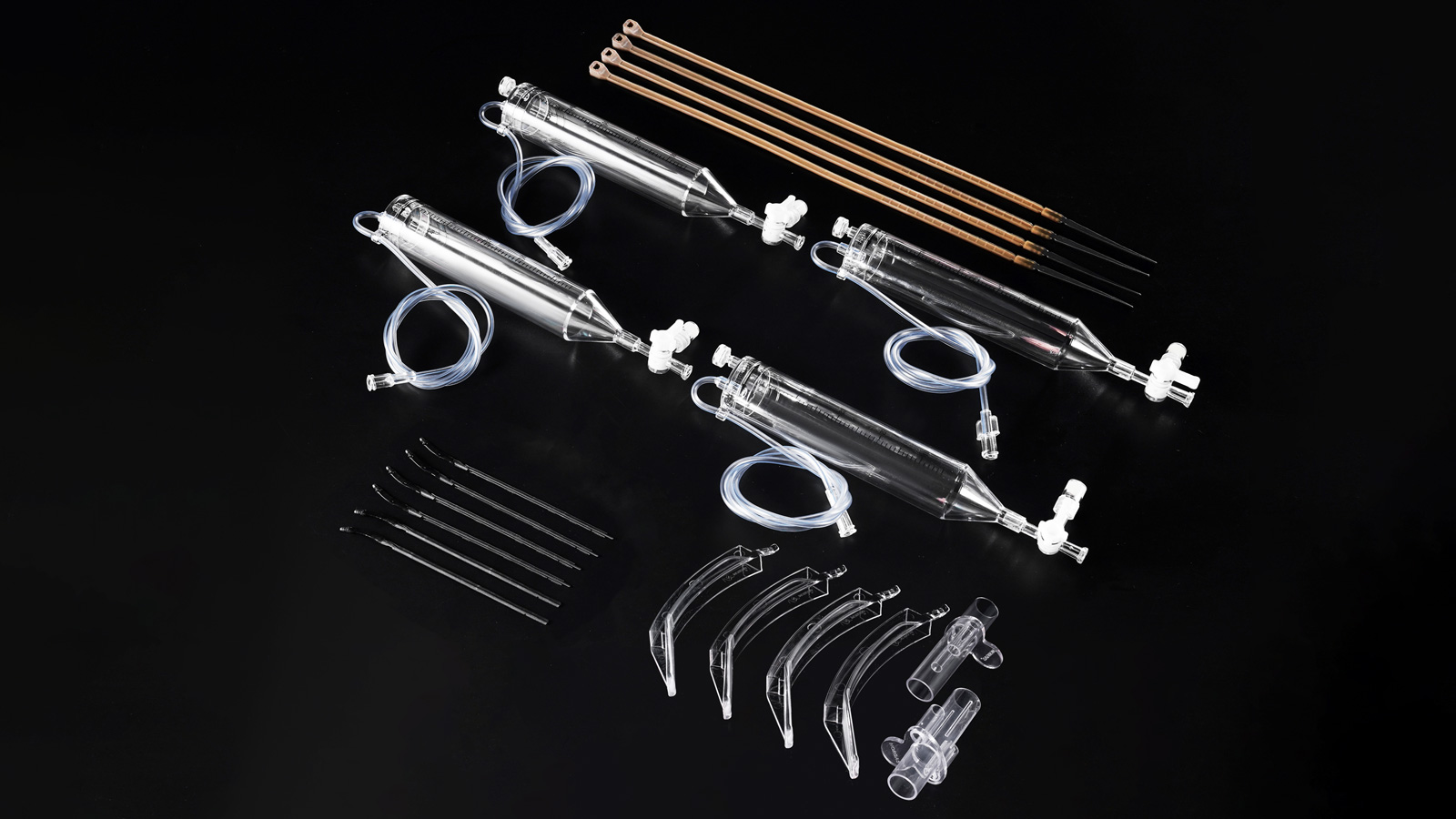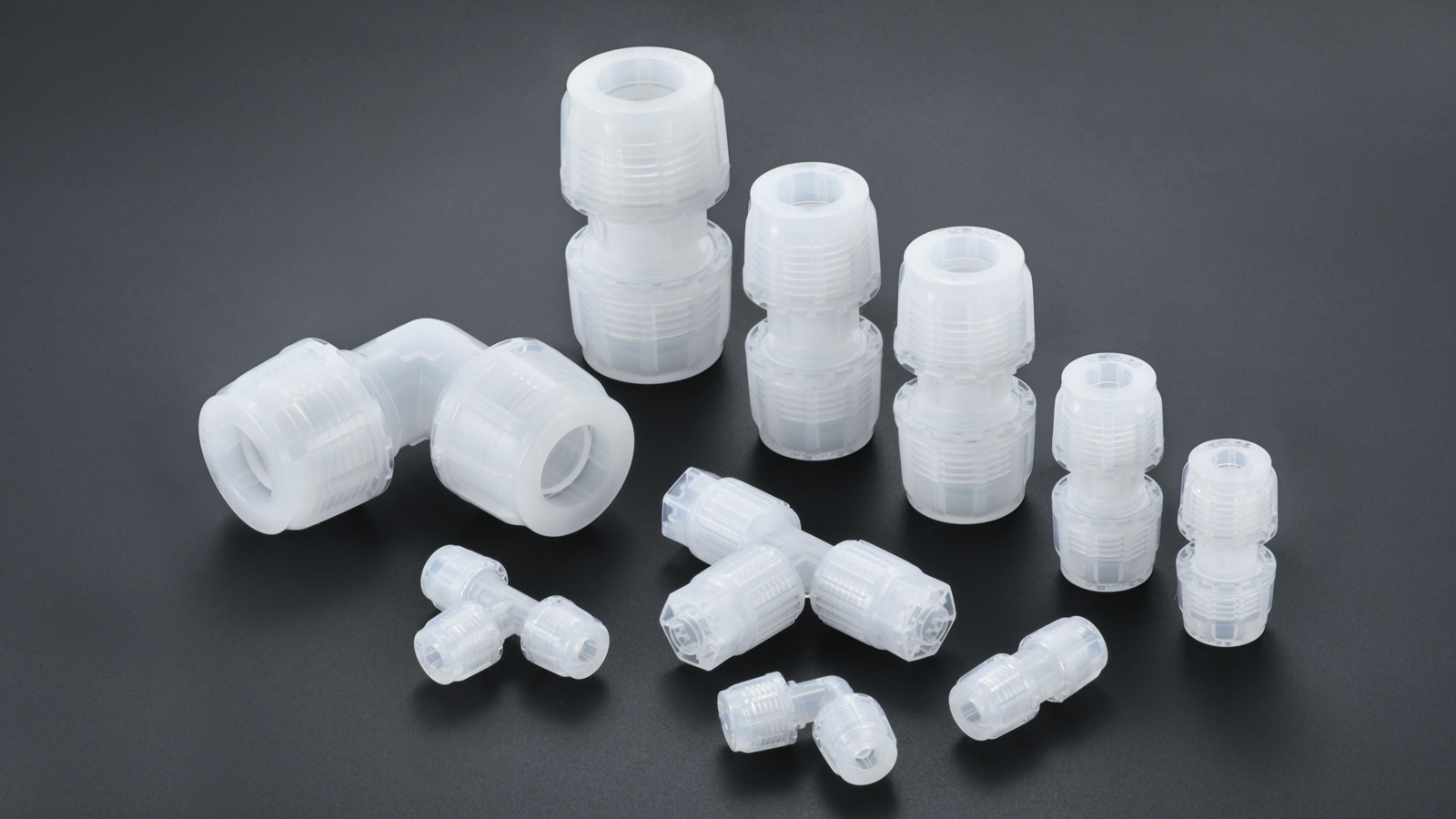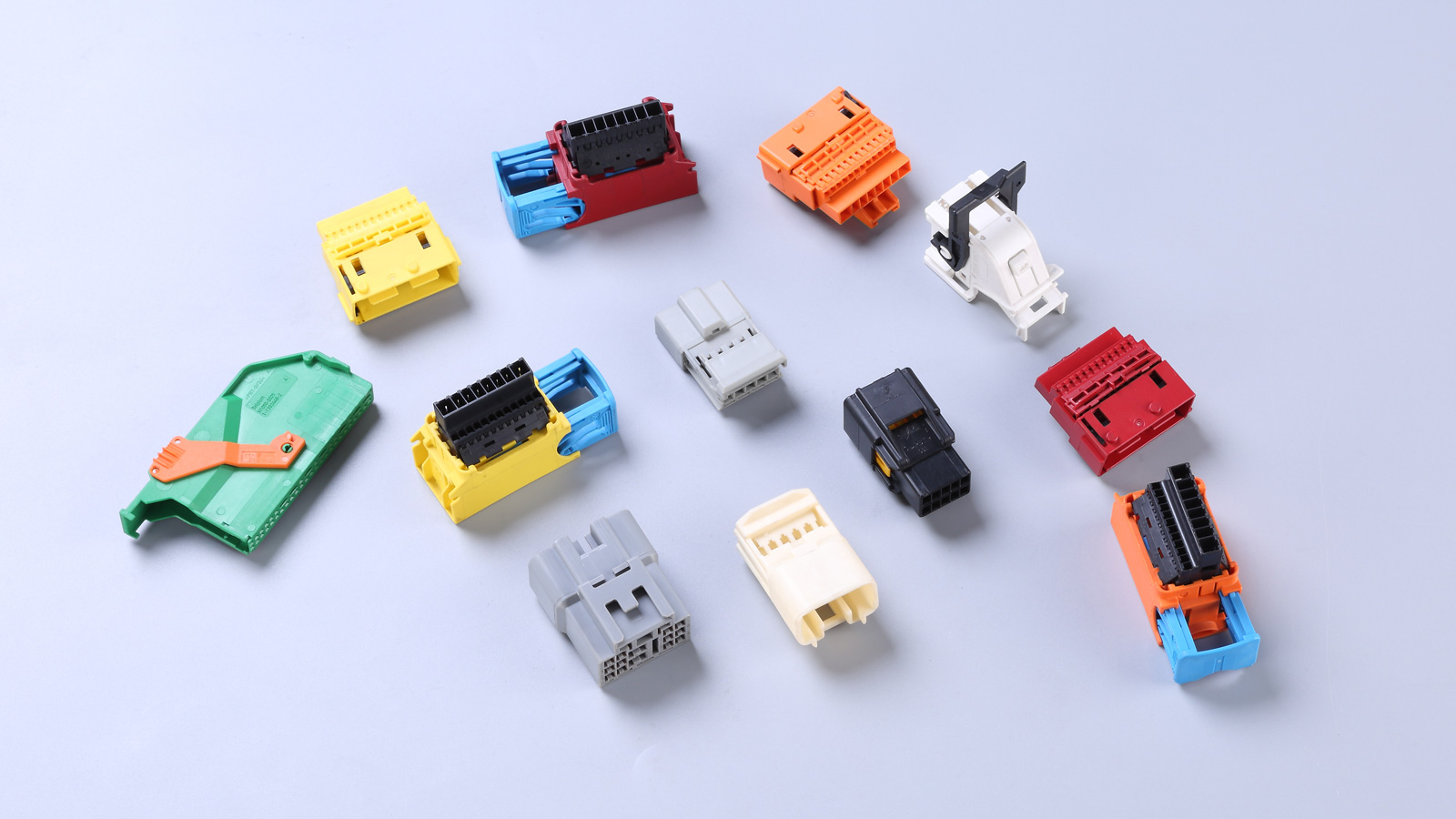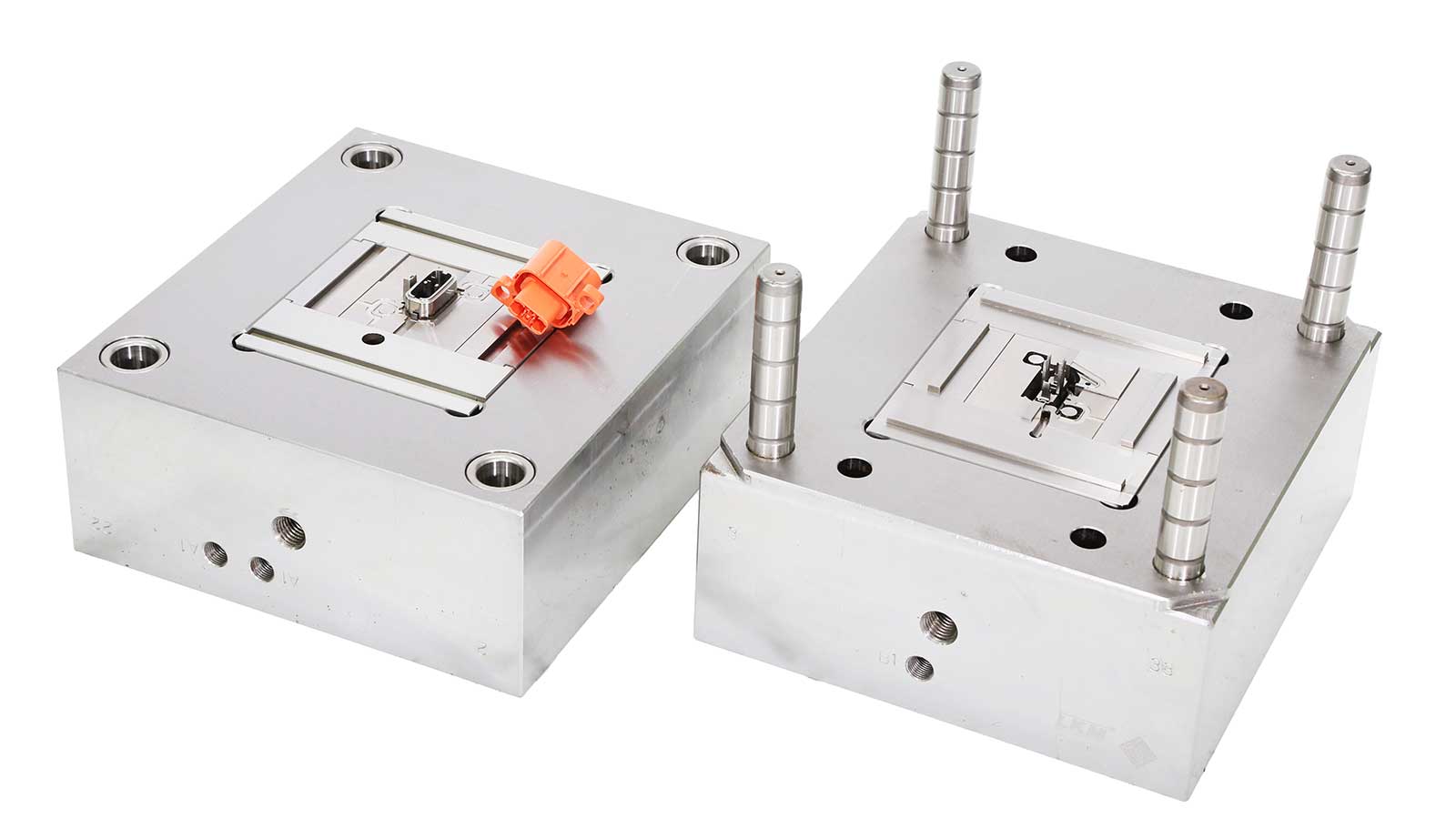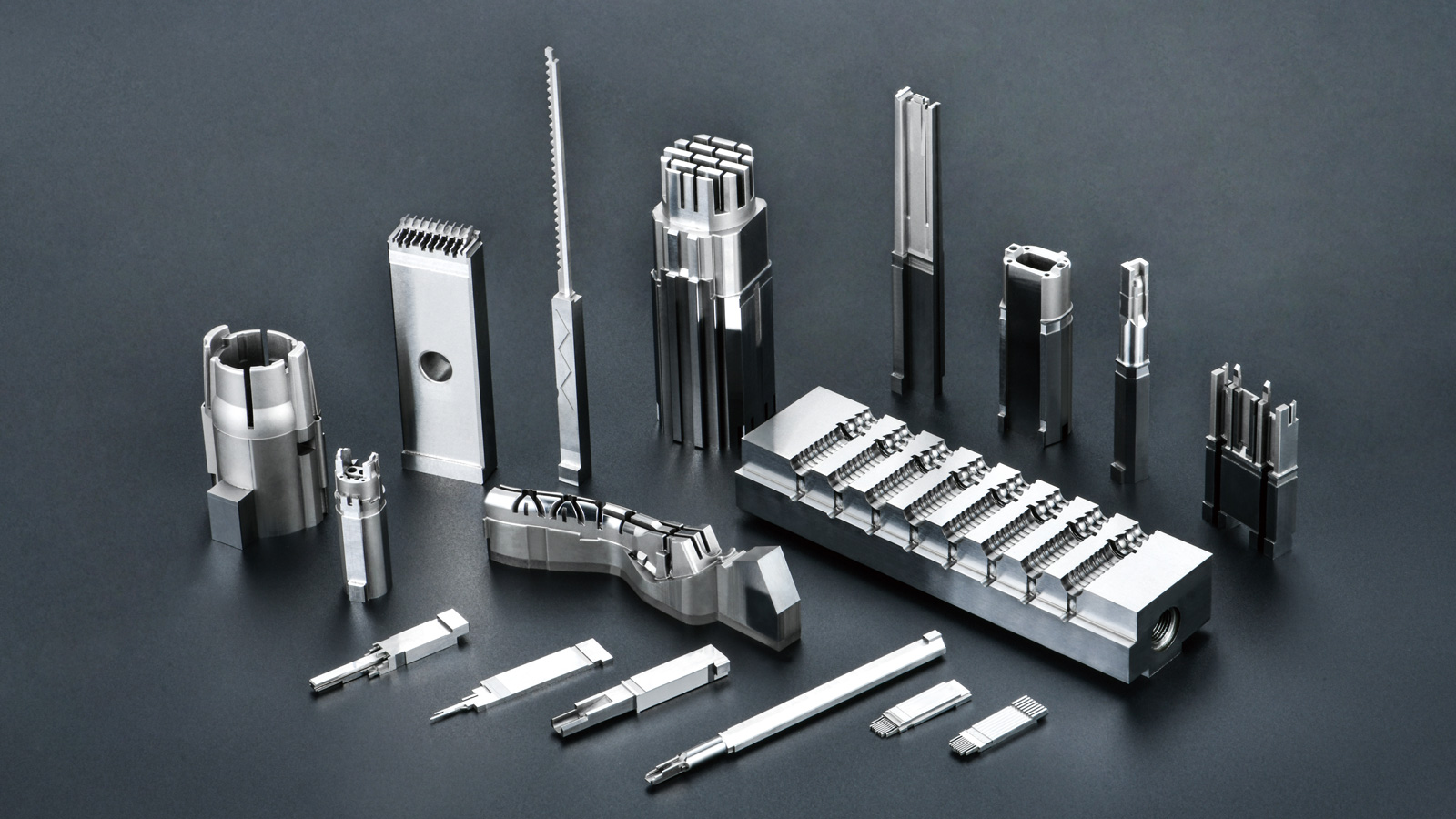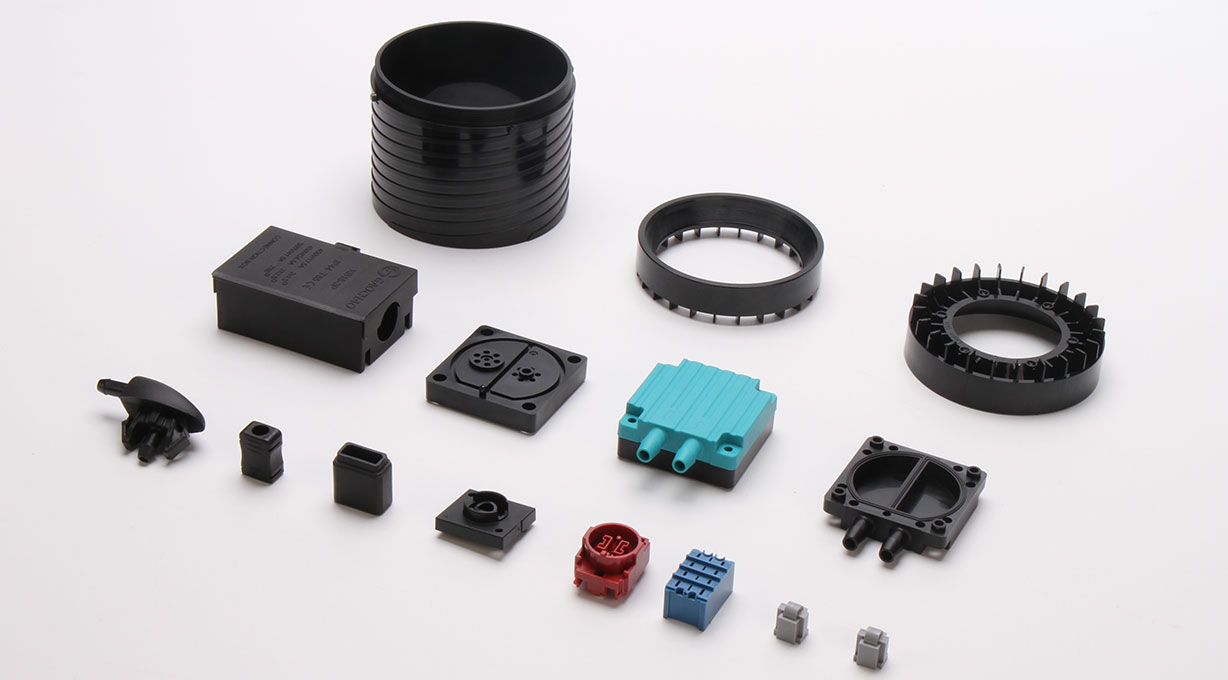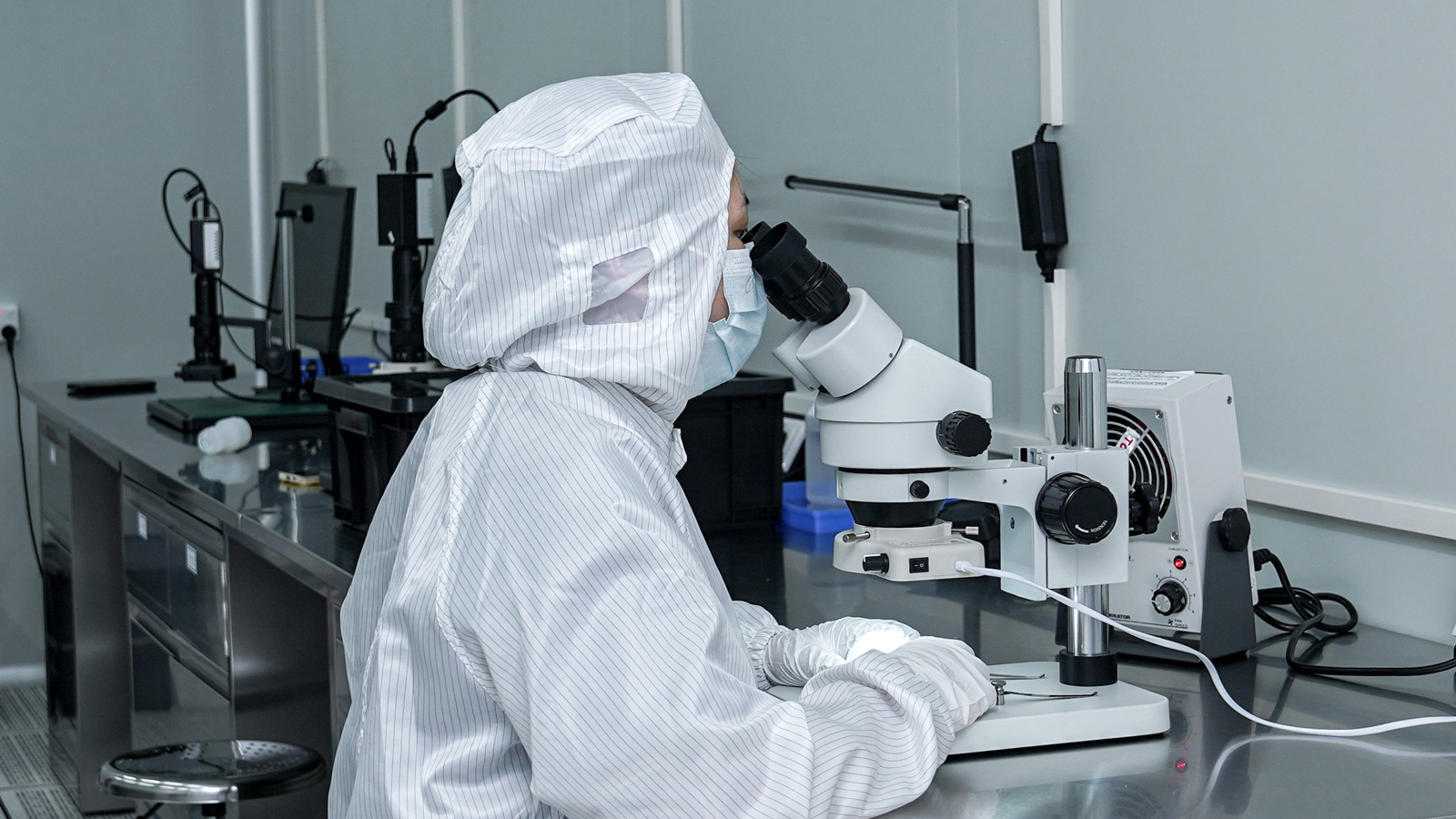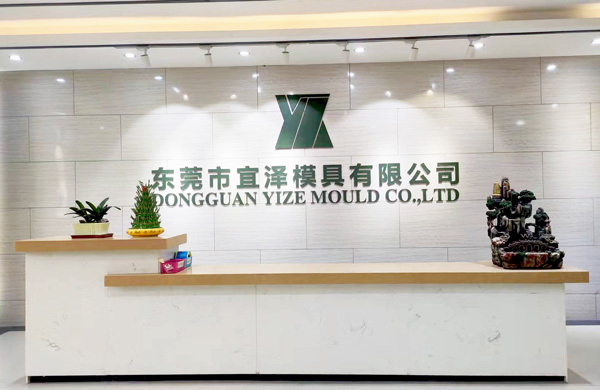In the field of plastic product manufacturing, shape and structure design are like the cornerstones of a building, playing a decisive role in product quality. When designing the shape and structure of plastic products, it is necessary to comprehensively and deeply consider many factors that affect their quality. Qualified products can be produced by properly eliminating or reasonably utilizing these factors. Below is a detailed analysis of the key factors that need to be emphasized during the design process.
Factors Related to Plastic Molds
Complexity of Mold Structure and Cost
The shape and structure design of plastic products should first consider its impact on the injection mold. If the design is too complex, it will undoubtedly complicate the injection mold structure, thereby increasing the difficulty and cost of mold design and manufacturing. A reasonable product shape and structure should, on the premise of meeting product function and usage requirements, simplify the mold structure as much as possible, reduce the cost and cycle of mold manufacturing, improve the feasibility of mold design and the convenience of manufacturing, thus being conducive to the design and manufacturing of plastic molds.
Impact of Mold Factors on Product Appearance Quality
Many factors of the injection mold, such as the position of the gate and the manufacturing precision of the mold, have a significant impact on the appearance quality of the product. Improper gate position may lead to defects such as flow marks and weld lines on the product surface; insufficient mold manufacturing precision will increase the dimensional deviation of the product and the surface roughness. Therefore, when designing the product shape and structure, these factors must be fully considered. Measures such as optimizing the gate position and improving the mold manufacturing precision should be taken to ensure that the product has good appearance quality.
Forming Equipment and Process Conditions of the Product
The shape and structure design of plastic products must be compatible with the injection – molding equipment and process conditions. If the product shape is designed to be too complex or the wall thickness is too large, it will lead to difficulties in forming, increase the forming time and cost, and may even make it impossible to form. For such products, a combined structure can be adopted, with each component being formed separately and then assembled; or a two – step forming method can be used; or inserts and other effective measures can be used to improve the forming conditions. Only by designing a shape and structure that is conducive to injection molding can the performance of the forming equipment be fully utilized, and production efficiency and product quality be improved.
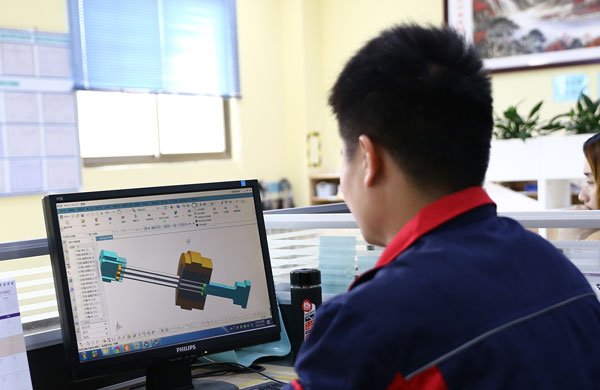
Possible Forming Defects of Plastic Products
Unreasonable design of the shape and structure of plastic parts is one of the main reasons for the occurrence of forming defects in products. Common forming defects include shrinkage, dents, weld lines, deformation, stress concentration, difficulty in forming, and difficulty in demolding. These defects not only affect the appearance quality of the product but also reduce the performance and reliability of the product. Therefore, when designing the product shape and structure, full consideration should be given to how to avoid the occurrence of these forming defects. For example, reasonably design the wall thickness to avoid sudden changes in wall thickness; optimize the layout of ribs to reduce stress concentration; design a reasonable demolding draft to ensure smooth demolding of the product.
Appropriate Assembly Clearance
Before designing the shape and structure of plastic products, a comprehensive analysis of the fitting situation of the plastic parts must be carried out to ensure reasonable fitting. Generally, interference between plastic parts is not allowed, and appropriate assembly clearance should be considered as much as possible. The size of the assembly clearance needs to be determined according to the shape and structure of the plastic parts, and is usually controlled between 0.1 and 0.5mm on one side. At the same time, when designing the clearance, the convenience of mold correction must also be considered. Reasonable assembly clearance can not only ensure the assembly precision and flexibility between plastic parts but also facilitate mold correction and adjustment, reducing the difficulty and cost of mold correction.
In conclusion, the shape and structure design of plastic products is a comprehensive systematic project that requires comprehensive consideration of factors such as plastic molds, forming equipment and process conditions, possible forming defects, and appropriate assembly clearance. Only by comprehensively considering these factors can a scientific and reasonable shape and structure be designed to produce high – quality plastic products.
